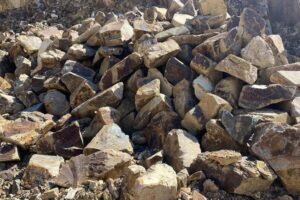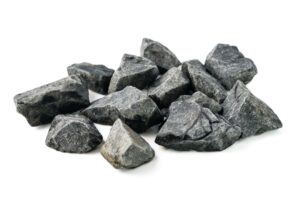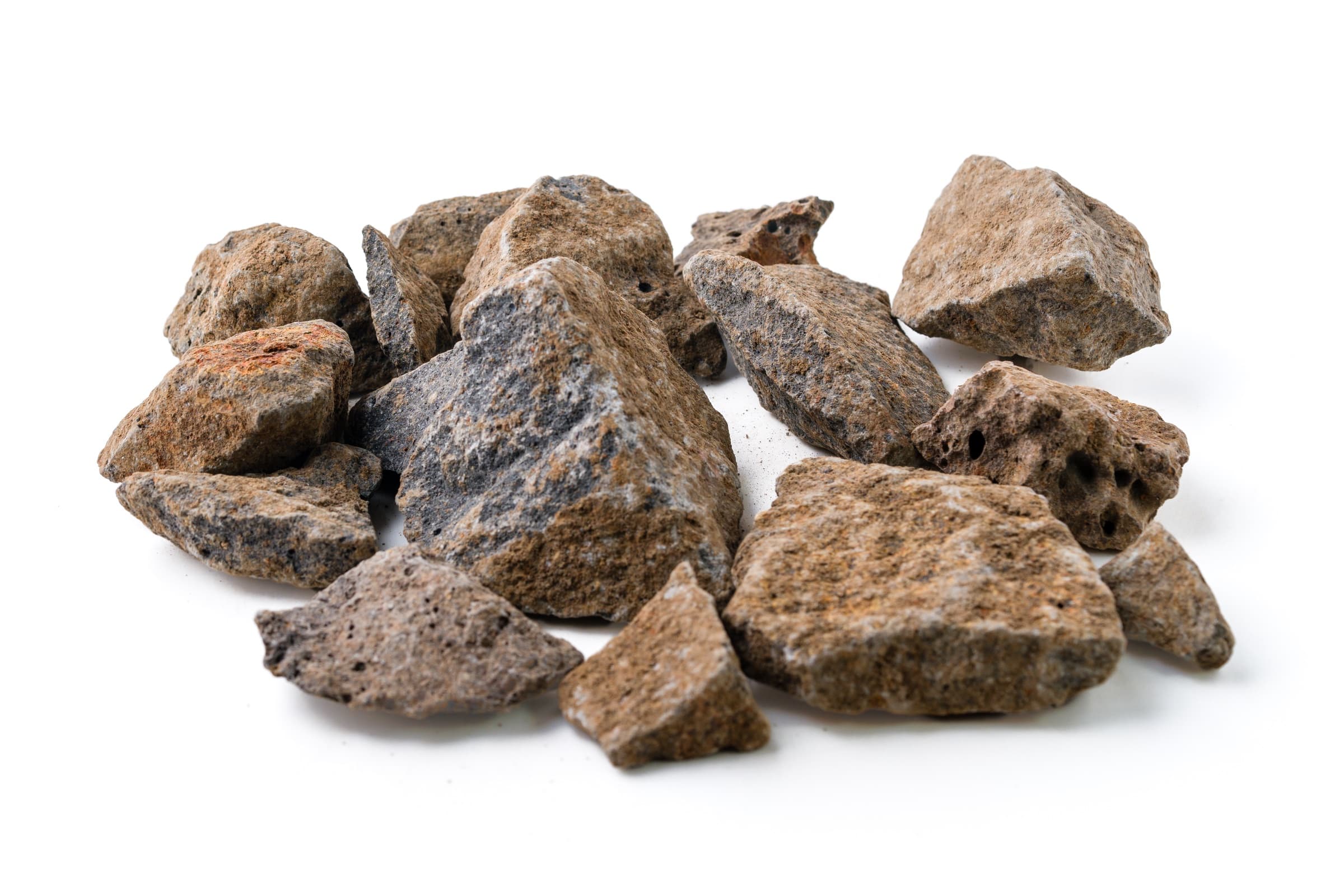Graded rubble is preferred in construction and engineering endeavours due to its exceptional structural attributes and versatile nature. This material is widely used in construction and engineering due to its unique properties.
Applications
Graded rubble, a construction material crafted from fragmented stone or concrete, undergoes a rigorous sorting process to categorize it by size, resulting in a well-structured mixture. This approach ensures an even distribution of particle sizes, making it highly practical for a range of construction applications:
Fill Material: Graded rubble serves as an excellent fill material in construction endeavors. It is commonly utilized to fill trenches, excavations, and voids, creating a stable and compacted base.
Subbase and Base Material: It proves invaluable as both subbase and base material for roads, pavements, and various structures. Its graded composition facilitates proper compaction and efficient load distribution.
Embankment Construction: Graded rubble finds application in constructing embankments and slopes, offering stability and effective erosion control solutions.
Retaining Walls: When employed as backfill material, it provides essential support and stability for retaining walls.
Erosion Control: Graded rubble plays a pivotal role in erosion control projects, stabilizing slopes, preventing soil erosion, and managing water runoff effectively.
Foundation Support: In specific scenarios, graded rubble can be utilized to bolster foundation support and stabilization for various structures.
Landscaping: Depending on its particle size distribution, graded rubble offers versatility in landscaping projects, whether it involves creating pathways or enhancing decorative features.
Benefits
Graded rubble offers versatility in various construction applications, allowing flexibility in project design and execution.
Recycling: A significant advantage of graded rubble lies in its potential sourcing from recycled concrete or construction waste, contributing to waste reduction and sustainable construction practices.
Stability: The inherent graded structure of this material allows for precise compaction, resulting in the creation of a stable and robust load-bearing foundation, ensuring structural integrity.
Customization: Graded rubble’s ability to be sorted and categorized into distinct size fractions empowers project customization, enabling tailoring to specific requirements and preferences.
Erosion Resistance: Graded rubble plays a pivotal role in erosion prevention, offering stability on slopes and embankments, thereby safeguarding against soil erosion and water runoff.
Reduced Environmental Impact: Opting for graded rubble sourced from recycled materials diminishes the need for fresh resource extraction, reducing the environmental impact of quarrying.
Local Sourcing: Often readily available locally, graded rubble minimizes transportation distances, curbing associated costs and carbon footprint.
It’s crucial to note that the suitability of graded rubble for particular applications hinges on factors such as particle size distribution, local regulations, and project-specific requisites. Consulting with construction experts and adhering to pertinent guidelines ensures the material’s appropriate use, aligning with the required standards for the intended purpose.
Products
More like this

Spalls (Various Sizes)
Spalls are the fragmented remnants of rock or concrete formed during the crushing of larger materials. They exhibit diverse sizes and shapes, typically characterized by irregular and non-uniform pieces.

Ballast (Various Sizes)
Ballast is a dense mixture of gravel and sand which forms a rough, coarse aggregate used in an extensive range of construction applications. Aggregate ballast with a particle size of 40mm is a commonly used construction material that...

Case
studies

Normark
Established in 1977, Normark are a second generation family business specialising in landscape design and construction across Melbourne. "From inner-city Melbourne courtyards to large commercial open spaces, Normark will deliver."

Normark
Established in 1977, Normark are a second generation family business specialising in landscape design and construction across Melbourne. "From inner-city Melbourne courtyards to large commercial open spaces, Normark will deliver."

Normark
Established in 1977, Normark are a second generation family business specialising in landscape design and construction across Melbourne. "From inner-city Melbourne courtyards to large commercial open spaces, Normark will deliver."

Normark
Established in 1977, Normark are a second generation family business specialising in landscape design and construction across Melbourne. "From inner-city Melbourne courtyards to large commercial open spaces, Normark will deliver."

Normark
Established in 1977, Normark are a second generation family business specialising in landscape design and construction across Melbourne. "From inner-city Melbourne courtyards to large commercial open spaces, Normark will deliver."


